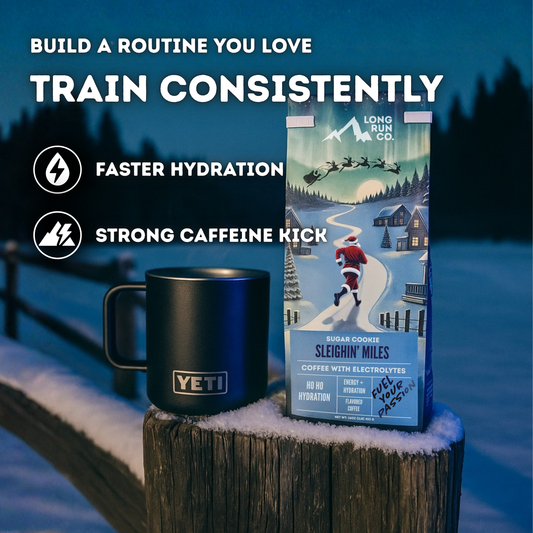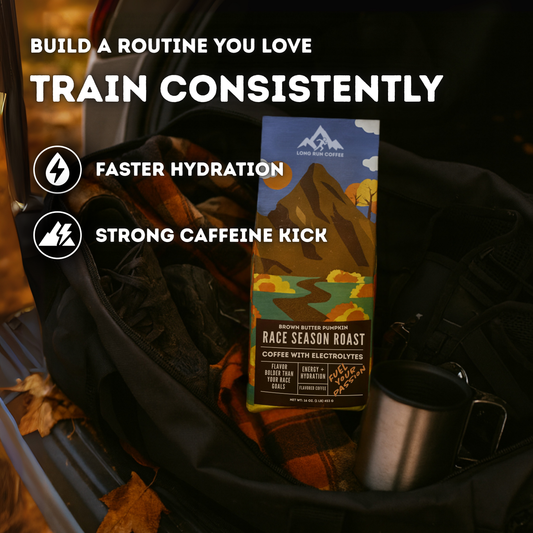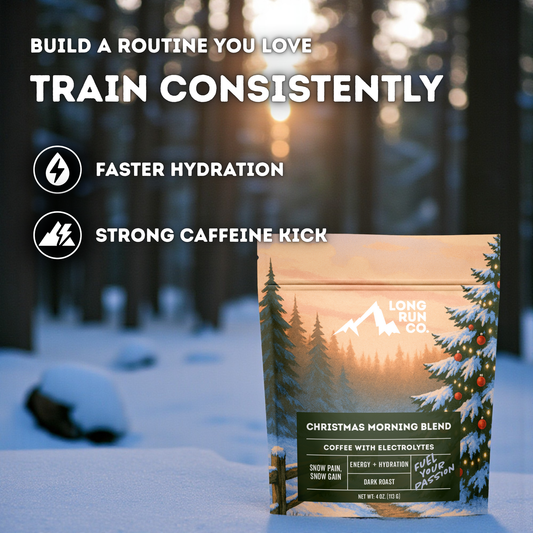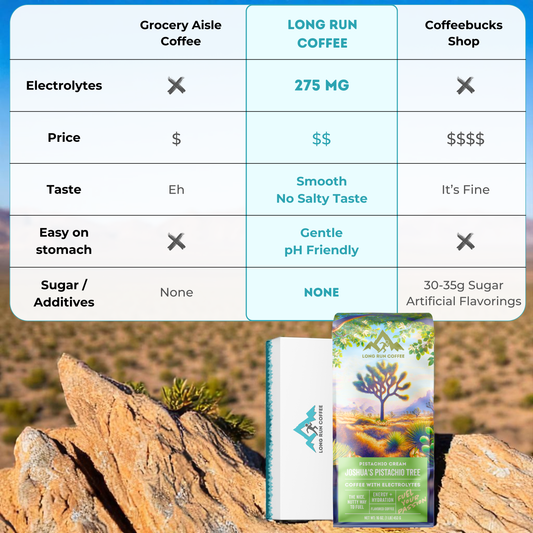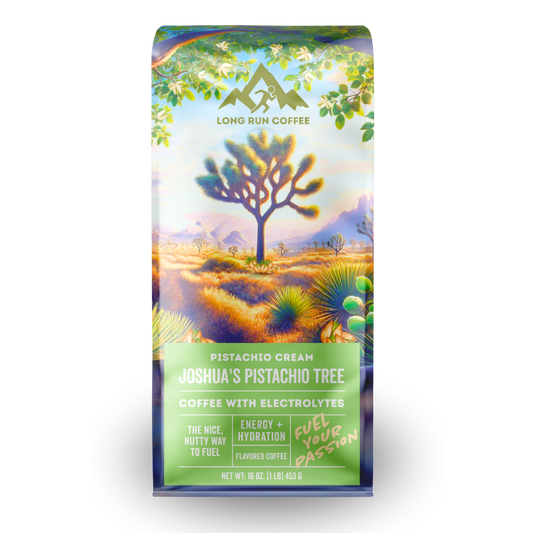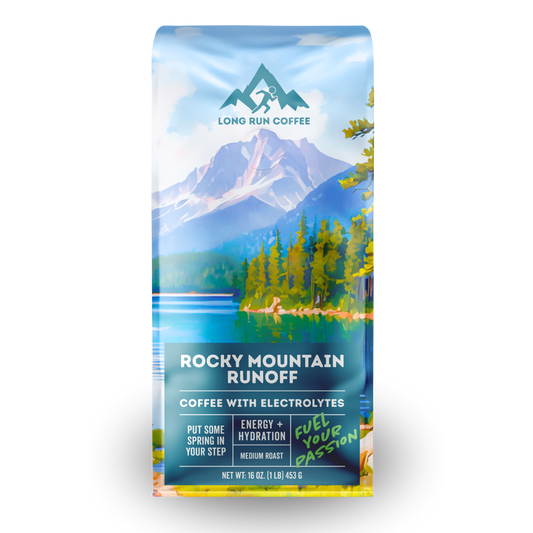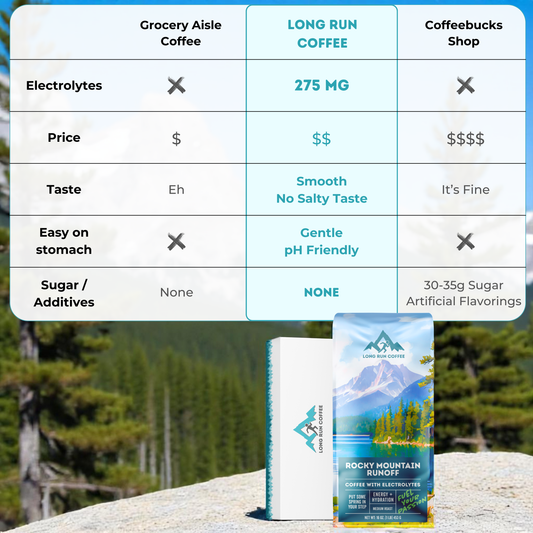
The Gap Never Closes
2 Minute Read
There will always be a gap between who we are and who we want to be. And that’s a good thing.
The Illusion of Arrival
We all chase milestones. We always chase milestones. New distances, faster times, bigger loads in the gym. And, it’s tempting to believe that once we hit that next mark, we’ll finally “arrive.” We’ll feel complete.
But, we all know what really happens: we're never satisfied. The moment we close in on one goal, another emerges. We run a marathon and then want to qualify for Boston. We set a personal best and immediately wonder how much faster we can go. The finish line always moves.
That gap between who we are and who we want to be, quite literally, never disappears. And that’s not a flaw in the system. It’s a good thing.
Why the Gap Matters
Without a gap, there’s no growth. The tension between current self and future self is what pulls us forward. It’s what gets us out of bed for early miles, what pushes us to refine routines, and what keeps training meaningful.
If there were no gap, we’d have nothing to chase. The work would lose its urgency. Goals would become static trophies instead of engines of progress. The gap gives direction. It clarifies what matters most.
This is why athletes who embrace the gap are the ones who last. They don’t see it as proof of inadequacy, but as proof of ambition.
The Danger of Misinterpreting the Gap
The problem comes when we mistake the gap for failure. We look at where we are now, compare it to where we wish we were, and feel frustrated. That frustration can corrode confidence: I’m not fast enough. I’m not disciplined enough. I’ll never get there.
But the gap is not evidence we’re falling short. It’s evidence that we’re aiming higher. The only people who live without a gap are those who have stopped trying altogether. And that’s not who we are.
How to Use the Gap as Fuel
So how do we stop fearing the gap and start harnessing it? We reframe it as a compass:
-
Define it clearly. Vague ambition leads to vague action. Instead of “I want to be faster,” specify “I want to run a half marathon under 1:40.”
-
Let it guide routine. The gap sets the direction, but routine builds the bridge. Daily actions (miles logged, recovery protected, consistency upheld) are the planks that span the distance.
-
Celebrate proximity, not perfection. Each week of training brings us closer, even if the gap remains. Progress is measured by narrowing the distance, not erasing it.
The gap won’t close completely, but it will keep moving forward with us. And that’s exactly how it should be.
Wrap It Up
The gap never closes. But that isn’t discouraging. It’s liberating. It means there’s always more to chase, always another version of ourselves waiting to be built.
The gap isn’t a sign of failure. It’s proof that we’re still growing. And as long as we keep showing up, building routine, and stacking effort, we’ll always be moving toward the next version of who we want to be.
With this mindset, we build a routine we love and train consistently.






